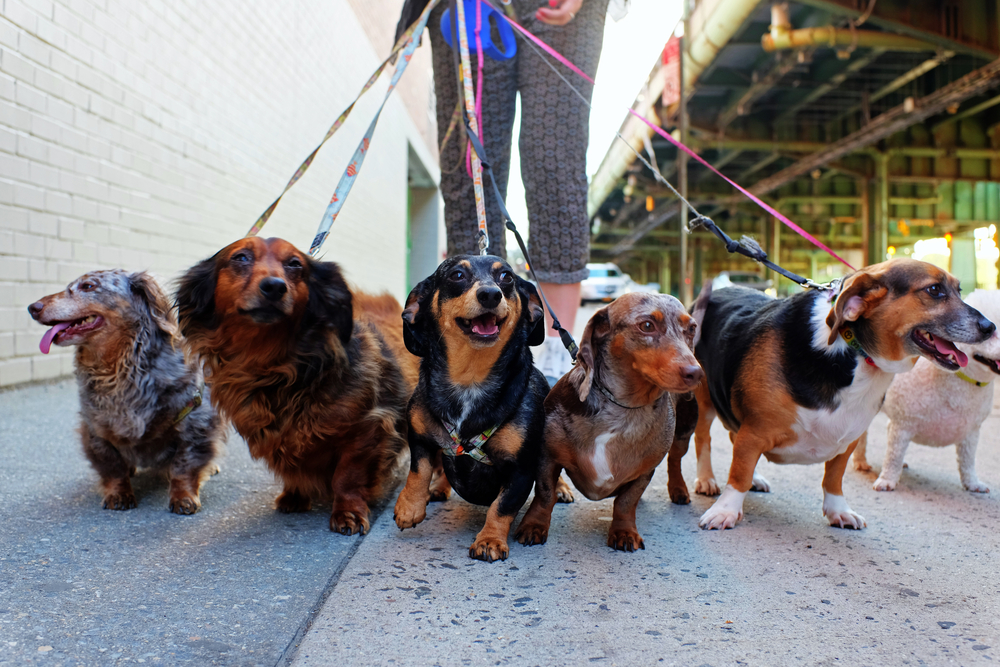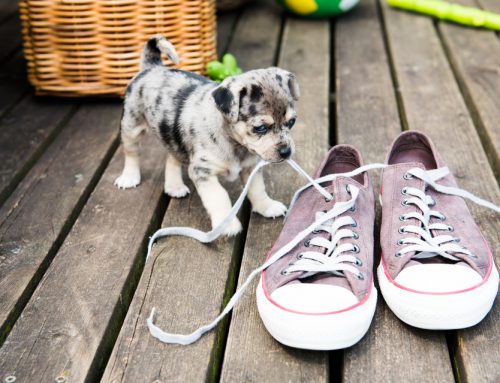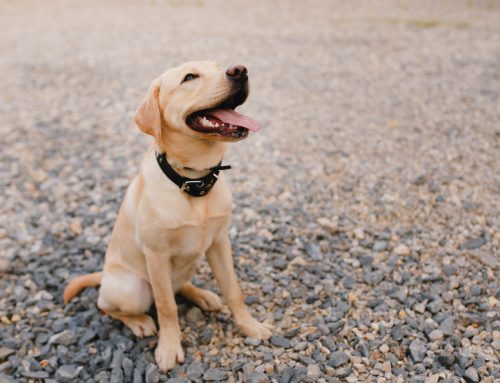A morning or an evening walk can mean great quality time with your dog. However, without a proper leash-walking technique, what is intended to be a lovely walk could end up being disastrous. Unfortunately for us, our canine friends cannot instinctively walk on a leash. Dogs must be taught this skill. Luckily, teaching your dog to walk on a leash properly is easy. Here are some tried-and-true tips!
1. Use the same leash with your dog at all times.
Dogs are creatures that crave routine and stability. They tend to get attached to a certain way of life, opting for the same toys and sleeping in the same places. Along this same vein, dogs also benefit from familiarizing themselves with one type of leash. Changes can confuse your dog, so it’s important that you stick to one type of leash while you are training your dog.
2. Make sure that your dog’s leash fits properly.
When taking your dog for a walk, the length of the leash is essential. The strength and thickness of the leash should fit your dog perfectly. Retractable leashes, which are over 20 feet long, are suitable only for well-trained dogs. A retractable leash is best used when your pet is walking in a controlled open area. It’s recommended that pet owners use a shorter leash when training your dog.
3. Use treats and rewards to associate walking on a leash with a positive time.
Dogs associate treats and rewards with good behavior. Keeping this in mind can be quite helpful when training your dog to walk on a leash. Giving your dog treats for walking properly can help you instill good behavior. For example, you can reward your dog when they are walking behind you or beside you and not when they are pulling or leading you. Having a treat in your hand can help draw the dog’s attention and help set the pace while keeping your dog’s nose from being distracted by other smells.
4. When your dog pulls on the leash while walking, stop walking.
You should always stand still whenever your dog starts to pull on the leash. Don’t move until the leash relaxes when your dog turns back to you. Do not drag your dog along, jerk or yank the leash.
4. Practice, practice, practice!
Learning is a process. Even after introducing your dogs to a leash, continue to practice with your dog and reward your dog every time he or she walks correctly. Start by familiarizing your dog with a collar and avoid situations where your dog may be fearful of the leash. If your dog gets very distracted outside, you could always begin to practice inside. Remember to grab those treats!







Leave A Comment